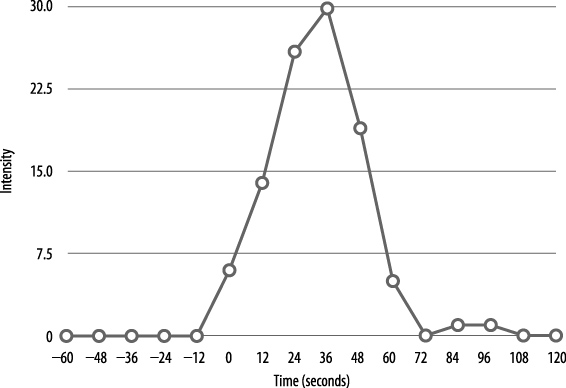Puerto Rico
119
Arecibo Observatory, Arecibo, Puerto Rico
![]()
The Biggest Dish
The radio telescope at Arecibo Observatory in Puerto Rico looks like the set for a James Bond film—the 305-meter dish set into the hilly countryside near the town of Arecibo is the largest and most sensitive radio telescope ever built. Surrounded by lush vegetation and set into an ancient sinkhole, it has been listening to radio signals from the stars since 1963, with an 810-tonne platform suspended above the dish to receive signals bouncing from its surface.
The surface of the dish is made of 40,000 perforated aluminum sheets formed into a spherical shape. Since the dish itself cannot move, the receivers suspended above it can shift to listen to different parts of the sky. Hanging from the platform is a dome-like structure that can be moved so that it can focus on signals received from particular areas of the sky. Since the dish is spherical, not parabolic, its shape can be used to study different parts of the sky without moving the dish itself (see also Chapter 67 on the Sound Mirrors, which used a similar technique).
And the Arecibo Observatory can do more than just listen—the dome incorporates a 1-megawatt radar that can be used to bounce a signal off a spacecraft or planet to make measurements of their movements or surface.
Early in its history (in 1965), the dish was used to determine the length of a day on Mercury (now known to take 59 Earth days); then, in 1972, it discovered the first pulsar in a binary system (B1913+16). In 1992, the dish observed the first planets outside the Solar System, orbiting the pulsar B1257+12 (which is about 980 light years from the Sun).
The scientists who discovered of B1913+16 went on to examine the orbits of the two stars involved over a period of many years (work for which they received the Nobel Prize in Physics in 1993). Observation of the orbits showed that they had changed in accordance with Einstein’s theory of general relativity, which predicted the existence of gravitational waves.
In 1974, the dish transmitted a message containing 1,679 bits intended to explain to any alien civilization listening that we could count from 1 to 10, that we knew the atomic numbers of carbon, hydrogen, nitrogen, oxygen, and phosphorous (all the elements needed for DNA), and that we were made from DNA (the four nucleotides of DNA were transmitted along with a graphic of the structure of DNA). The transmission also included a figure of a human with its height measured, the current population of the Earth, a graphic of our Solar System, and a graphic of the Arecibo dish itself
Arecibo is also used by the Search for Extraterrestrial Intelligence (SETI) project, which looks for intelligent life anywhere in the Universe.
And in fact, it really was the set for a James Bond film—the dish was featured in the climax of 1995’s GoldenEye.
If you want to play James Bond (or just a radio astronomer), you can pay a visit to the observatory, starting at the visitor center, where the work done at Arecibo is explained. There are fixed exhibits and a documentary film about radio astronomy. Then, step outside onto the observation platform to see the telescope itself.
Practical Information
The Arecibo telescope is about a 90-minute drive from San Juan airport. Information about visiting can be found at http://www.naic.edu/.


